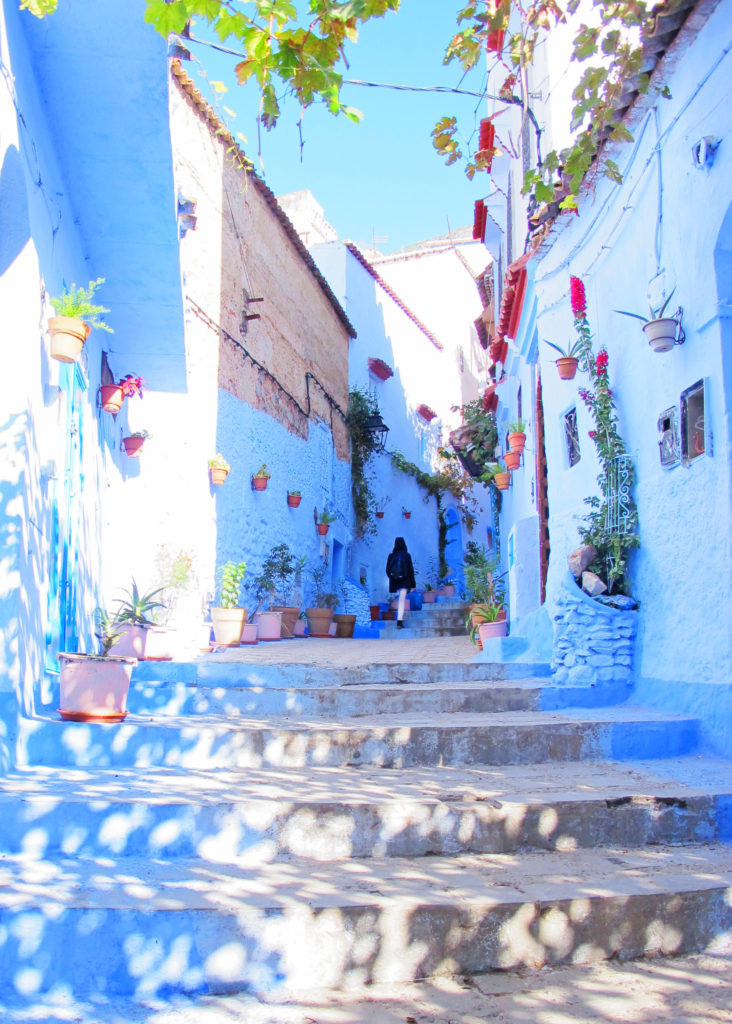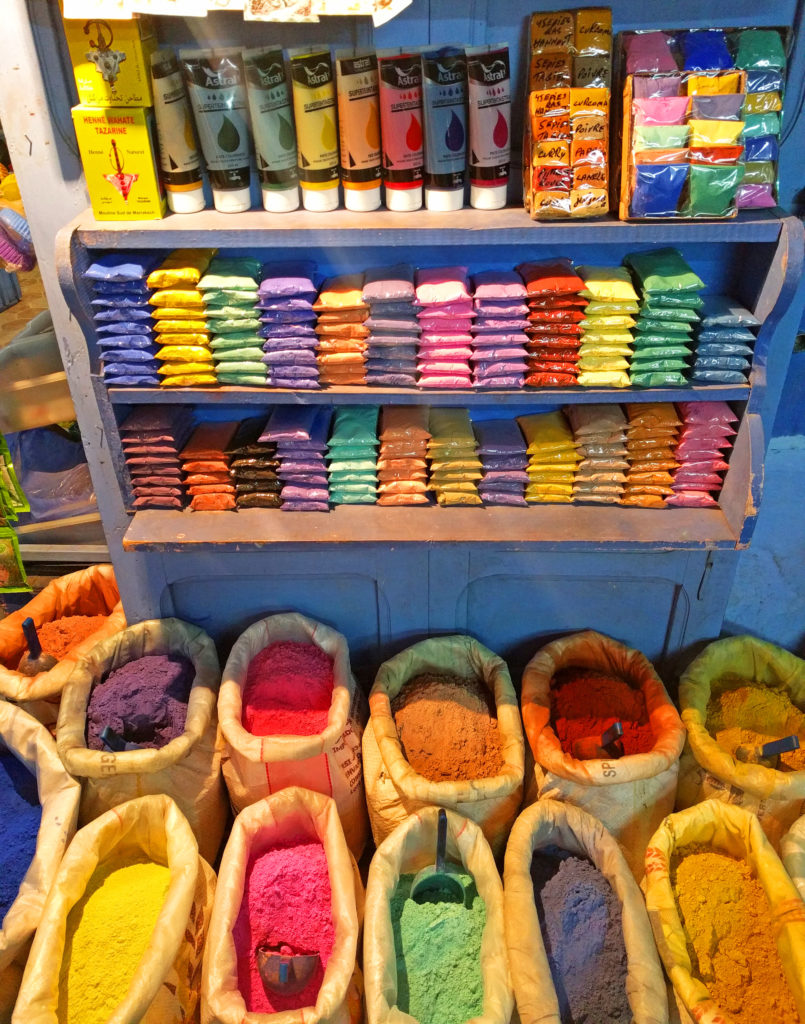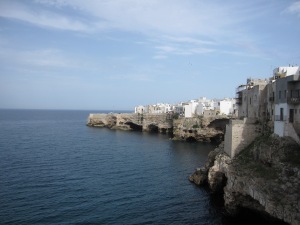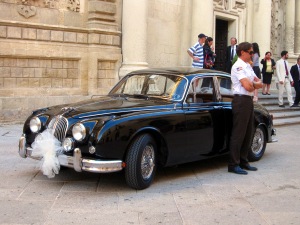Let me admit, I had a pretty tenuous conception of what Morocco would be like before traveling there. And I don’t think I was alone in my ignorance.
Me: I’m going to Morocco next week, it’s going to be awesome!
Friend: Cool! Is it going to look like Agrabah? (the fictional setting of Disney’s Aladdin)
Me: No, you idiot, that doesn’t even exist!
Friend (invoking another Disney movie): Well then, is it jungles and lions or what?
Me: Um…let me get back to you. (rewatches Aladdin in the meantime)
Turns out Morocco has parts that DO look like Agrabah, and rocky plains, and lush sweeping sand dunes, and even a town that looks like an orderly Swiss ski resort. (No tropical jungles though.) After spending nine days there, traversing from big cities to remote desert, I can say that Morocco is one of the most geographically diverse countries I’ve ever visited. It’s trite to say, but it really does have something for everyone.
Oh, and the colors! I say this as someone who was obsessed with collecting and analyzing Crayola crayons as a kid, but I don’t think anyone can leave Morocco without being impressed by the natural array of colors on display. From their spices to their architecture, everywhere you turn is an explosion of rainbows. Take a look:

Continue reading Morocco, a Land to Dye For











